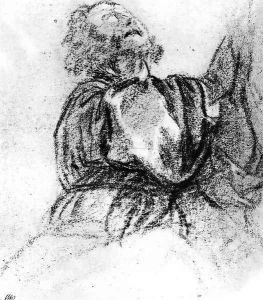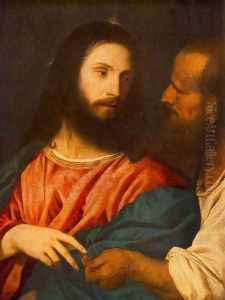Tiziano Vecellio (Titian) Paintings
Tiziano Vecellio, known in English as Titian, was an Italian painter considered one of the greatest painters of the Renaissance. He was born in the small town of Pieve di Cadore in the Republic of Venice, now in modern-day Italy, somewhere between 1488 and 1490. His exact date of birth is unclear, but his influence on European art is undeniable. He was an apprentice to the Venetian artists Gentile Bellini and later Giovanni Bellini; through them, he was exposed to the rich colors and grand scale of Venetian painting, which would become hallmarks of his own style.
Titian's career spanned over six decades, and he became the leading Venetian artist of the 16th century after the death of Giovanni Bellini. His work was characterized by its bold use of color and its emphasis on capturing the textures and details of fabrics and surfaces. He became particularly well-known for his portraits, which were sought after by the highest echelons of European society, including royalty. His mastery of color and ability to convey the psychological depth of his subjects made him a revolutionary figure in portrait painting.
Aside from portraits, Titian also painted numerous religious and mythological works, often on a grand scale. His 'Assumption of the Virgin' (1516–1518) for the Basilica di Santa Maria Gloriosa dei Frari is a landmark of Renaissance art, and his series of mythological paintings for Philip II of Spain, known as the 'poesie', are considered among his greatest achievements. His late works are particularly noted for their bold brushwork and emotional intensity.
Throughout his life, Titian was recognized for his talent and was awarded numerous commissions from the Venetian government, the papacy, and leading European courts. He remained in Venice for the majority of his life and maintained a large workshop that helped him produce the vast number of works that were in demand.
Titian died on August 27, 1576, in Venice, possibly as a result of the plague. His legacy continues to be celebrated today, as his works are considered some of the most important in Western art history. His innovative approach to painting, especially his use of color and his expressive brushwork, had a profound impact on future generations of artists.
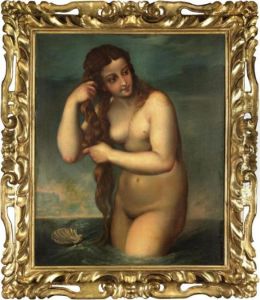
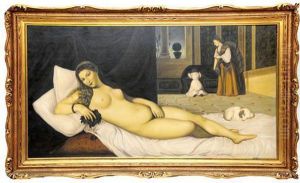
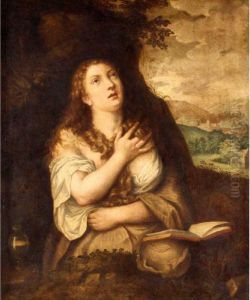
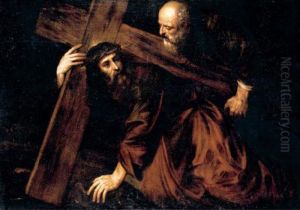
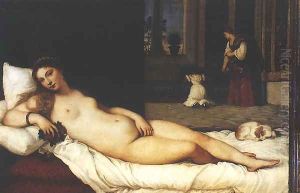
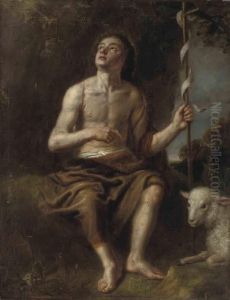
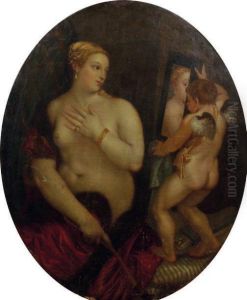
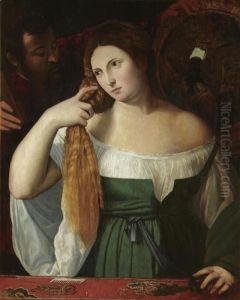
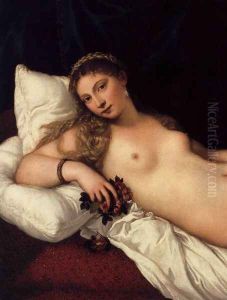
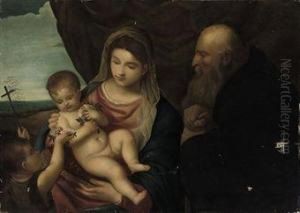
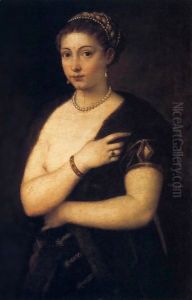
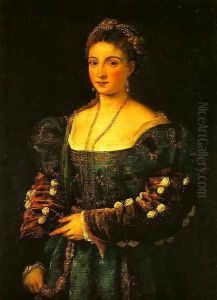
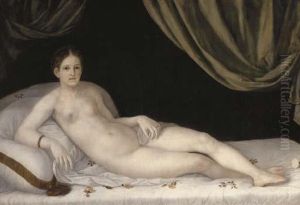
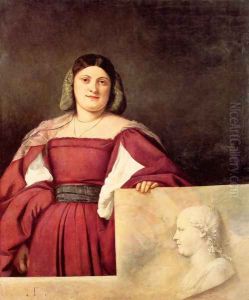
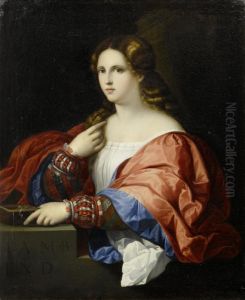
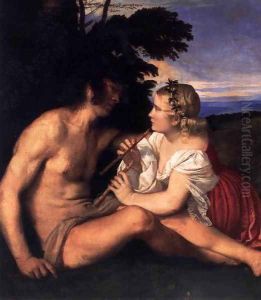
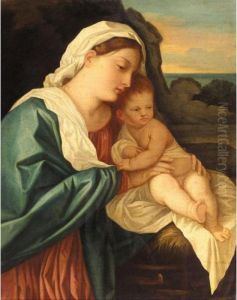
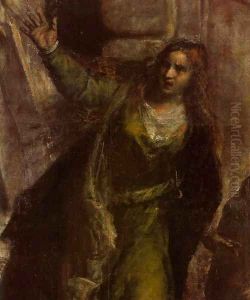
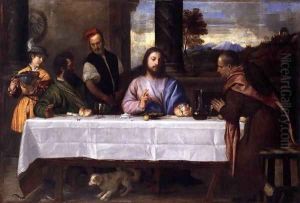
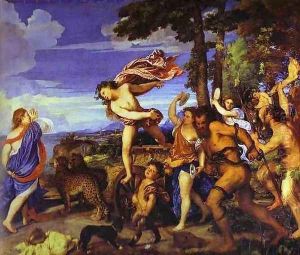
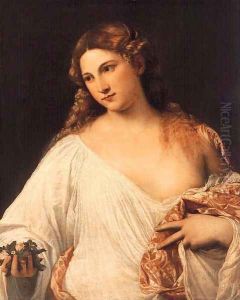
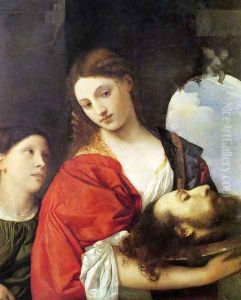
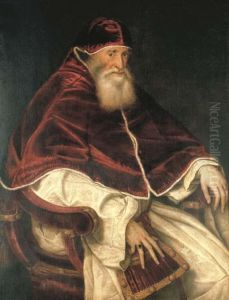
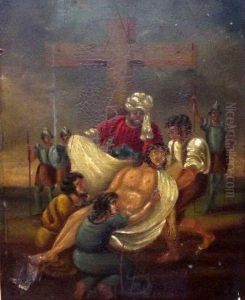
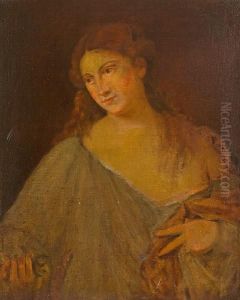
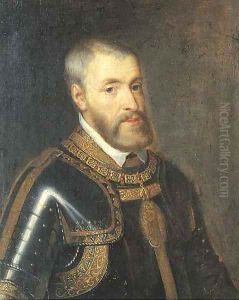
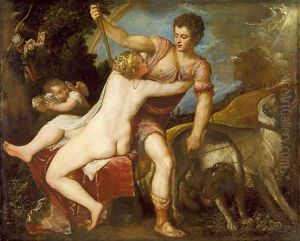
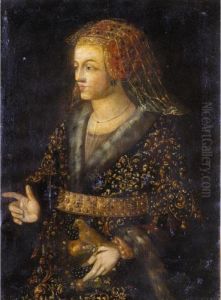
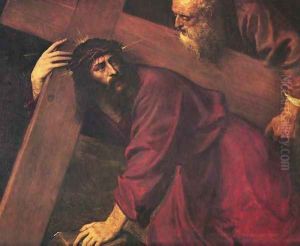

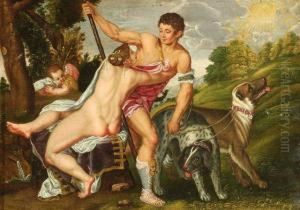
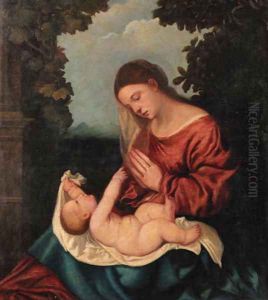
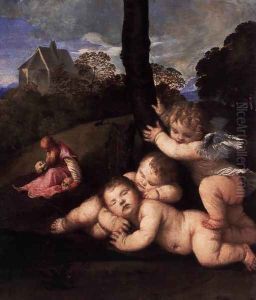
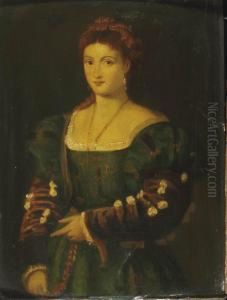
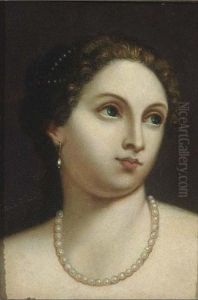
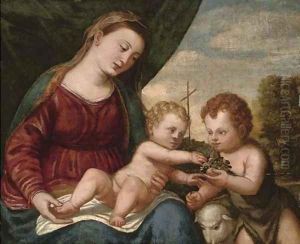
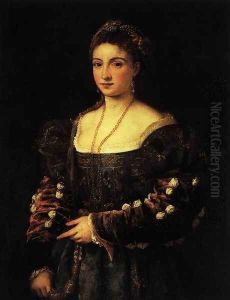
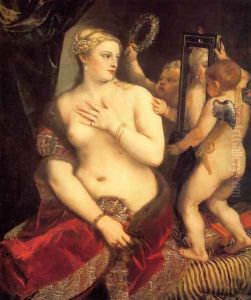

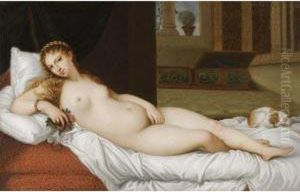
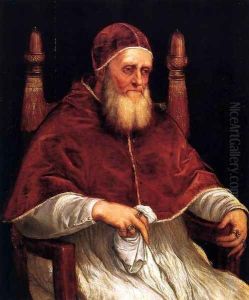
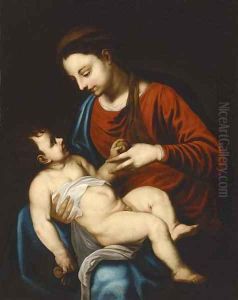
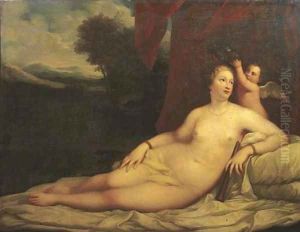
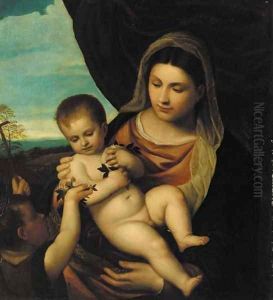
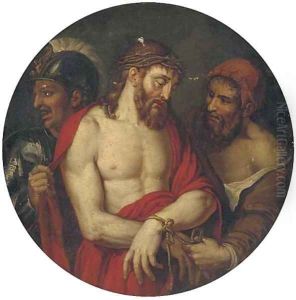
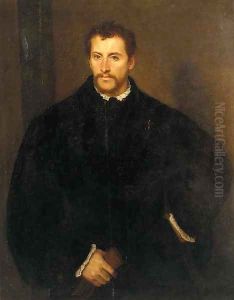
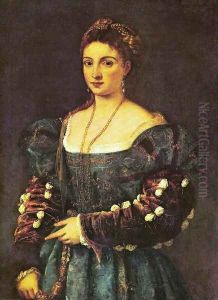

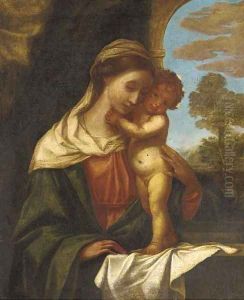
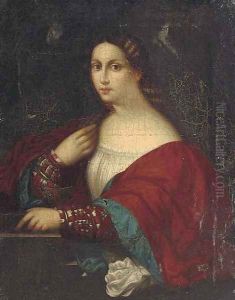
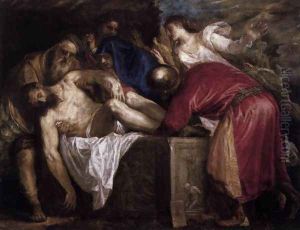
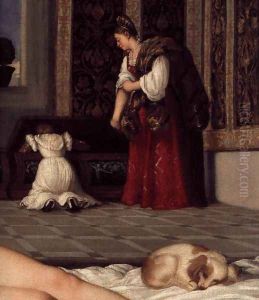
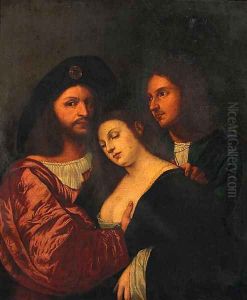
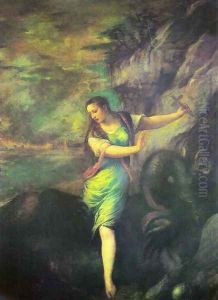
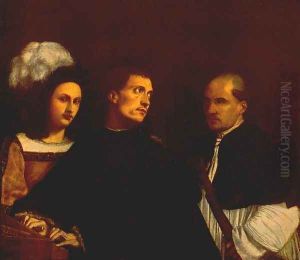
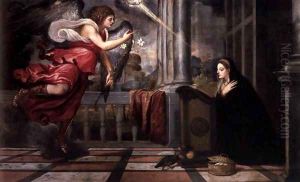
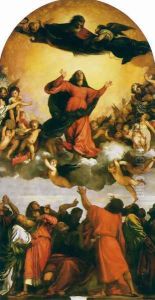
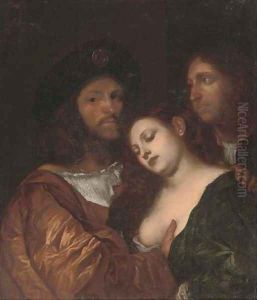
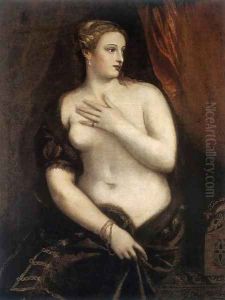
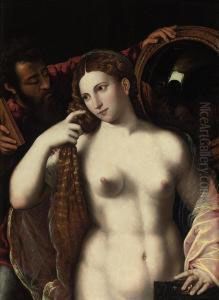
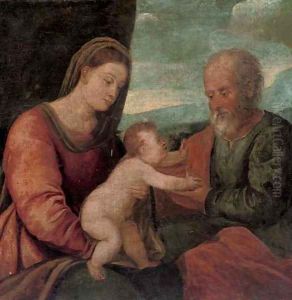
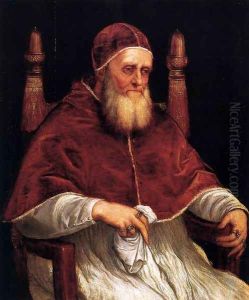
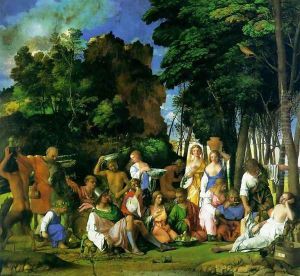
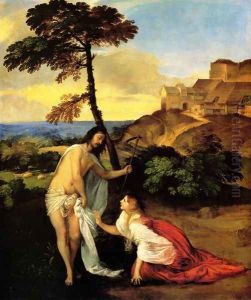
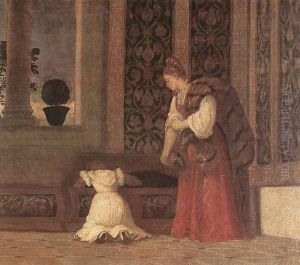
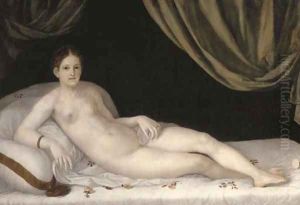

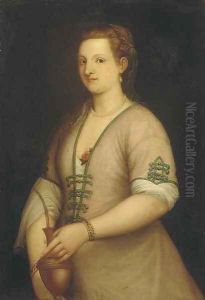
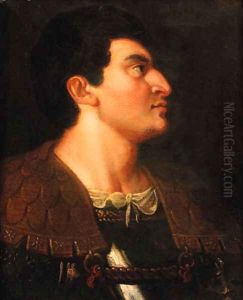
![The Assumption of the Virgin [detail: 1]](https://www.niceartgallery.com/imgs/299160/s/tiziano-vecellio-titian-the-assumption-of-the-virgin-detail-1-4fe6d631.jpg)
